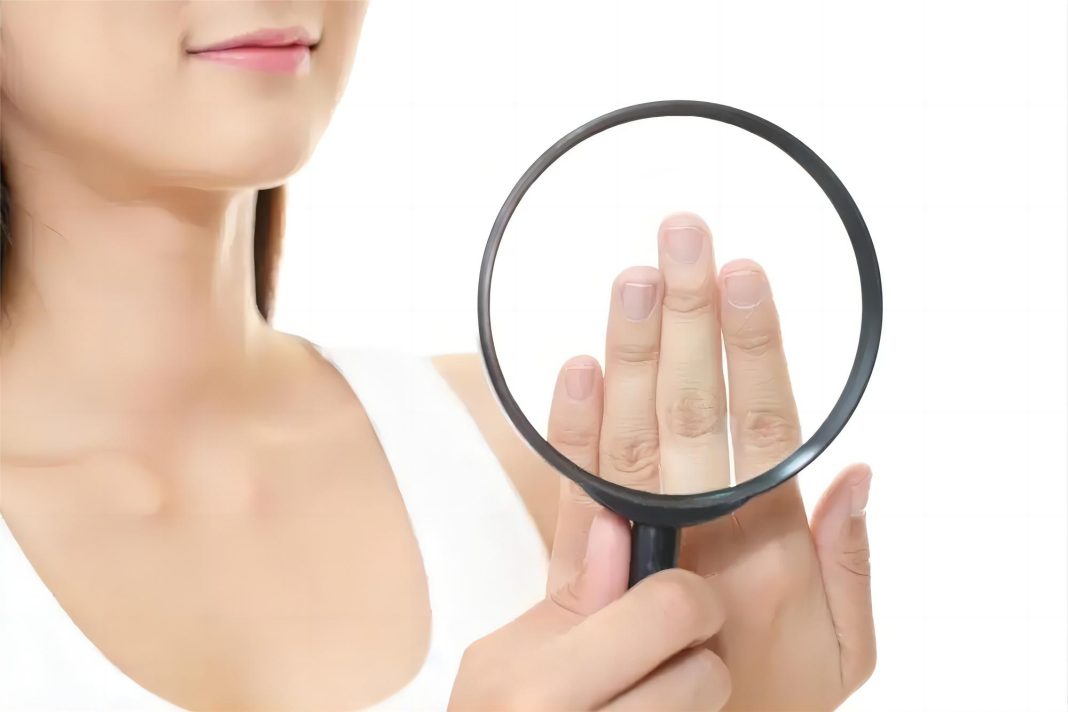Es una afección en la que las uñas de las manos o de los pies adquieren un aspecto blanco, también conocida como leuconiquia o enfermedad de las uñas blancas. Se puede clasificar en leuconiquia puntiforme, leuconiquia transversa, leuconiquia parcial y leuconiquia total. Si no hay problemas en la placa ungueal, pero el lecho ungueal sí está afectado, se denomina leuconiquia evidente.
Esta afección puede presentarse a cualquier edad y deberse a diversos factores. La leuconiquia puntiforme suele deberse a un traumatismo leve y es común en niños. La leuconiquia transversa y la leuconiquia parcial suelen asociarse a otras enfermedades y son más comunes en adultos. La leuconiquia total es poco frecuente y se asocia a factores genéticos. La leuconiquia evidente suele deberse a la inflamación del lecho ungueal y puede estar relacionada con enfermedades internas.
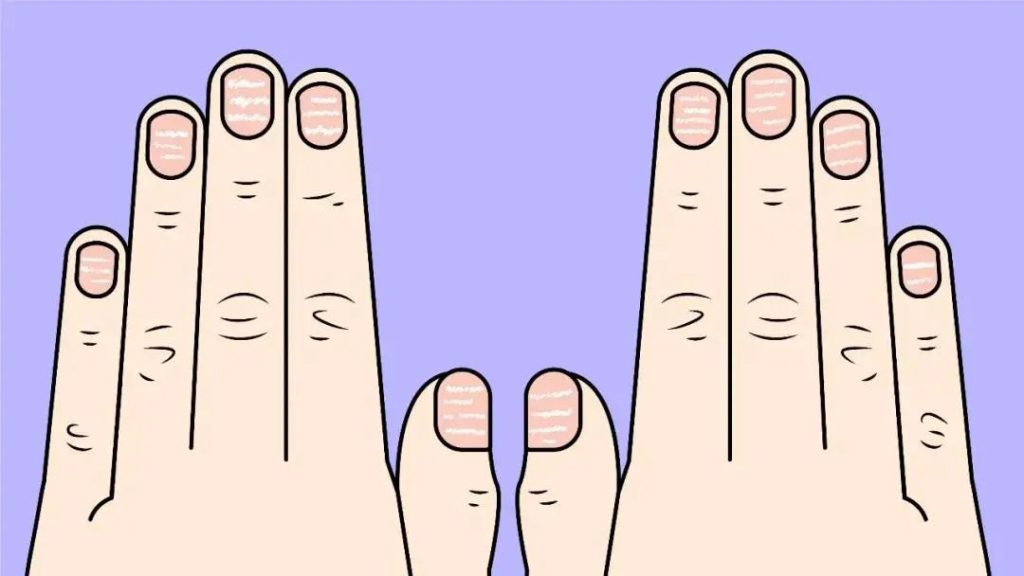
¿Cuáles son los síntomas específicos?
El síntoma principal es un cambio en el color de la placa ungueal, con manchas o rayas blancas visibles de diferentes tamaños. Existen cinco tipos comunes:
Leuconiquia puntiforme: Manchas blancas irregulares en las uñas que no desaparecen al presionarlas.
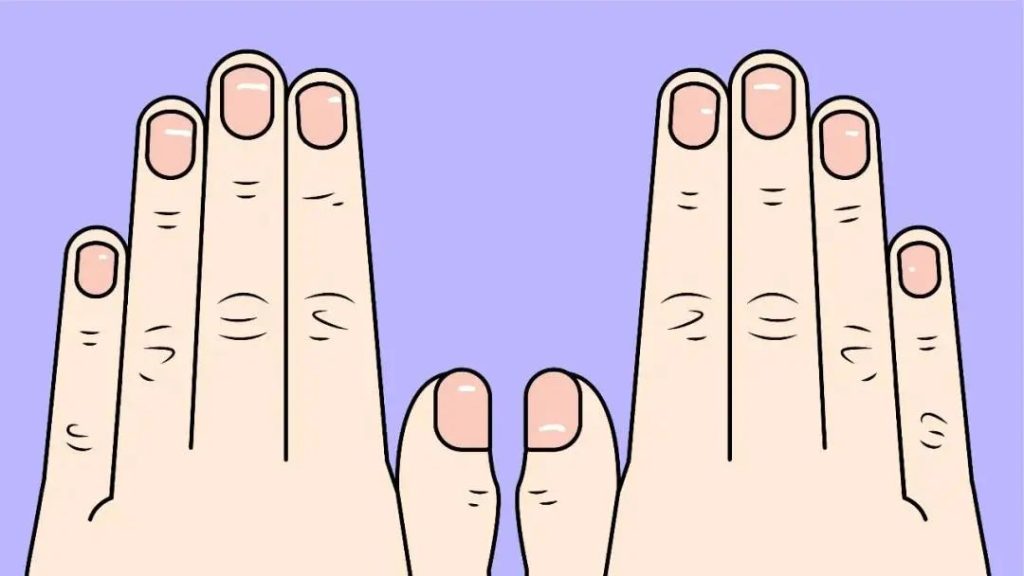
Leuconiquia transversal: Rayas blancas horizontales o verticales en las uñas, una o varias, de ancho variable que no se desvanecen al presionarlas.
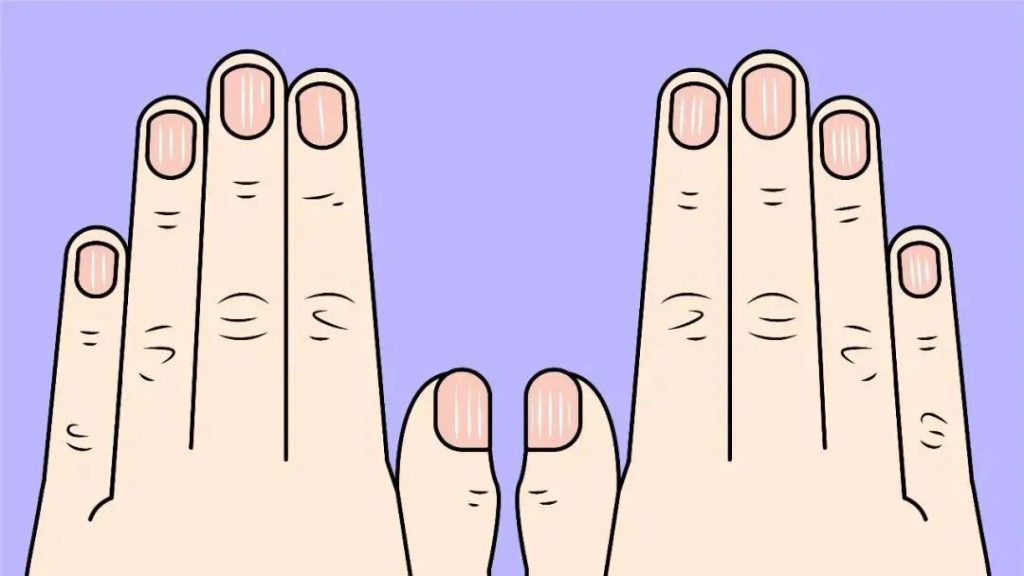
Leuconiquia parcial: Blanqueamiento parcial de las uñas, apareciendo manchas blancas que no desaparecen al presionarlas.
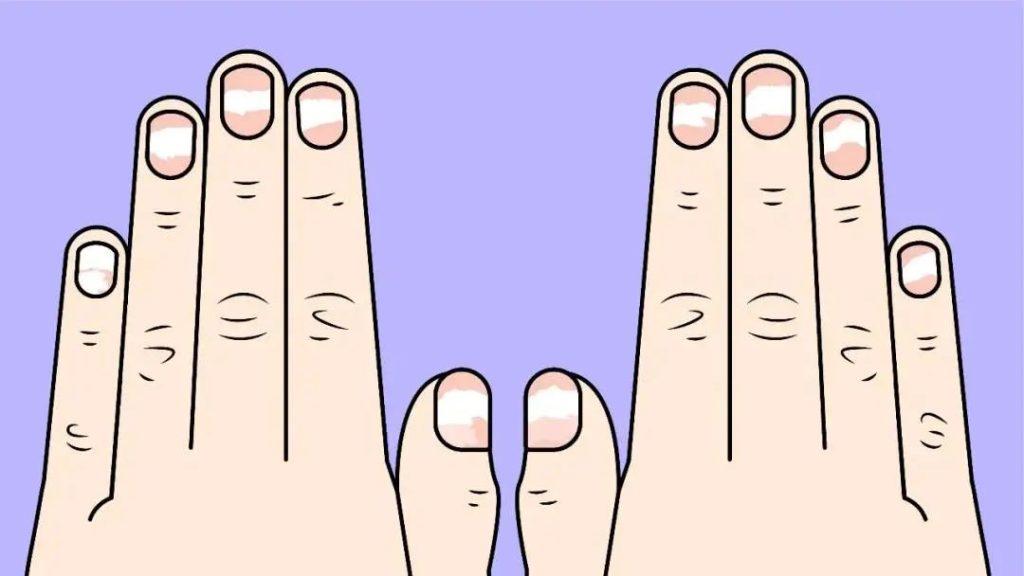
Leuconiquia total: Blanqueamiento completo de las uñas, que además no se desvanecen al presionarlas.
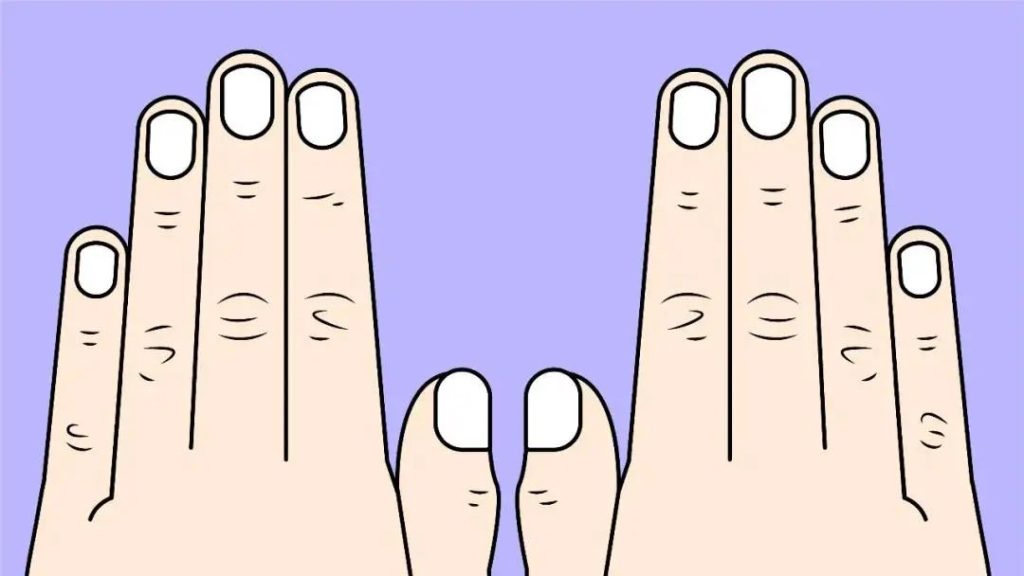
Leuconiquia evidente: Color blanco visible a través de la lámina ungueal transparente, que se desvanece al presionarla. La leuconiquia evidente se clasifica en uñas de Muehrcke, uñas de Terry y uñas semi-uniformes.
- Uñas de Muehrcke: Múltiples bandas blancas transversales en las uñas paralelas a la lúnula (el área blanquecina en forma de media luna cerca de la base de la uña).
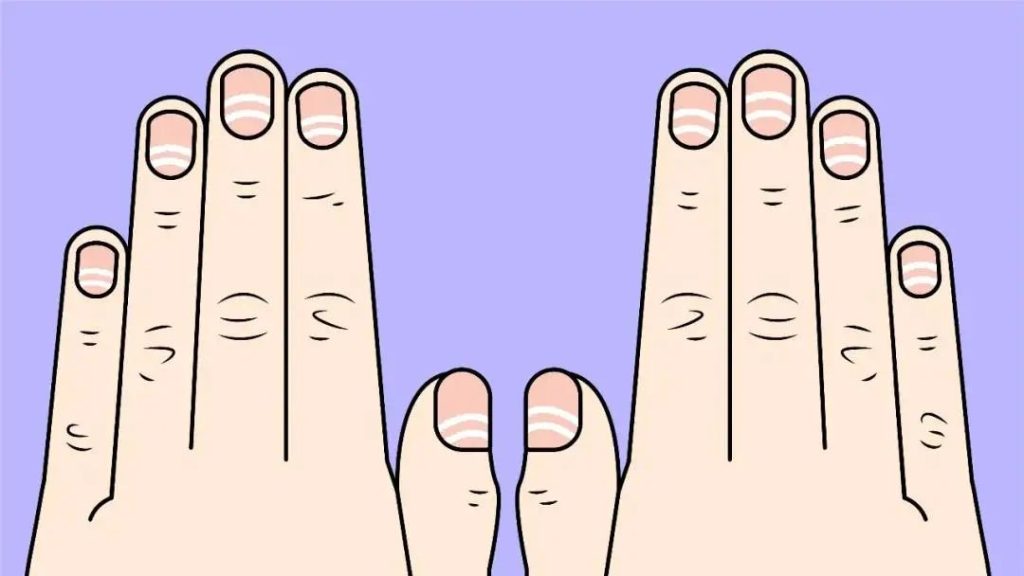
- Uñas de Terry: En las uñas de Terry, los 1-2 mm distales de la uña aparecen de color rosa normal, mientras que toda la placa ungueal o la parte proximal aparecen de color blanco debido a cambios en el lecho ungueal.
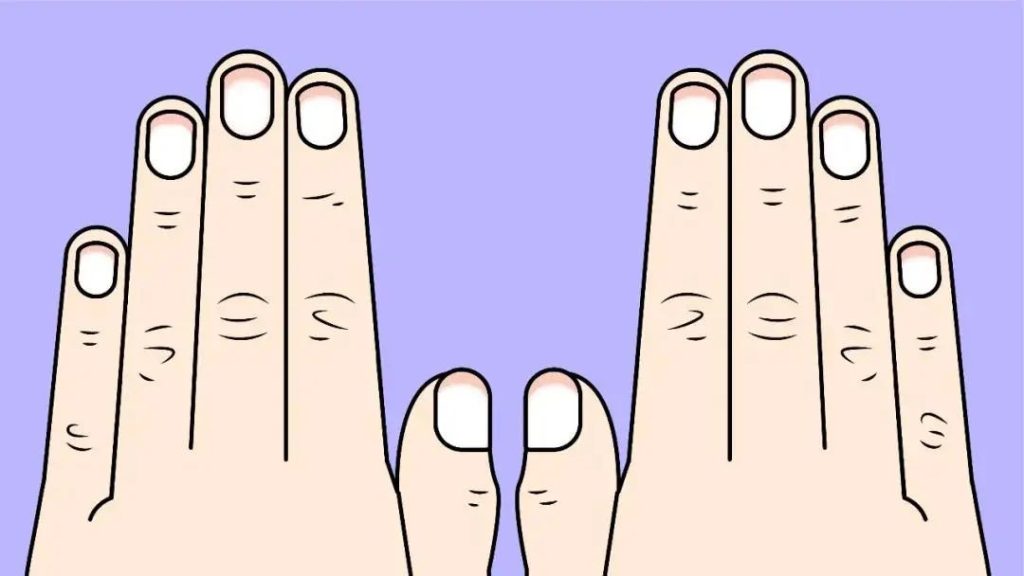
- Uñas mitad y mitad: Las uñas mitad y mitad muestran un límite claro entre una parte proximal blanca y una parte distal roja, rosada o marrón.
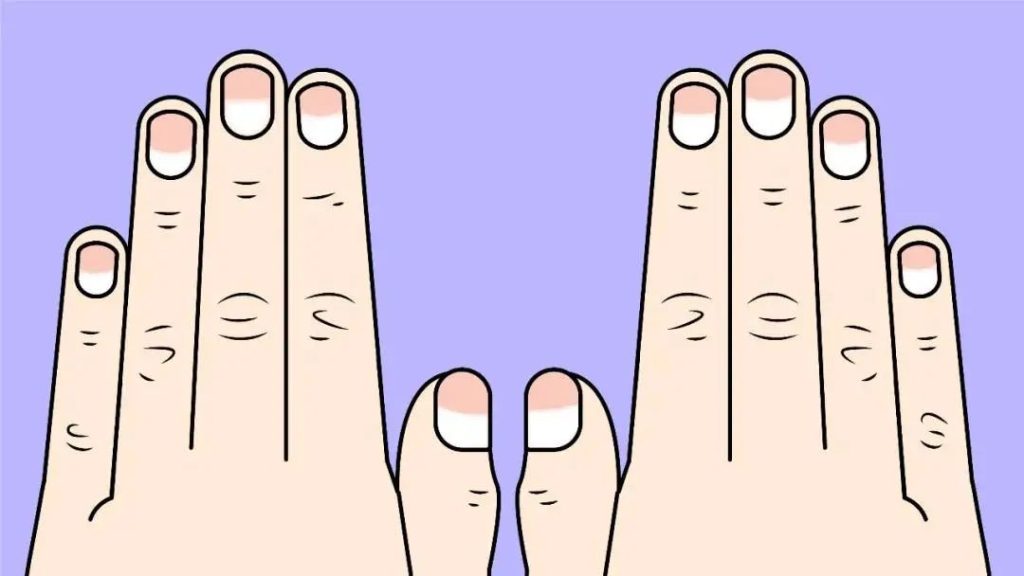
La mayoría de los casos de leuconiquia no afectan significativamente la salud general y afectan principalmente la apariencia. La necesidad de tratamiento depende de las necesidades individuales y los requisitos estéticos. Si la leuconiquia es causada por una afección subyacente, es importante tratar activamente la enfermedad primaria para eliminar la causa raíz. Al buscar atención médica, generalmente se recomienda comenzar con un dermatólogo, quien puede descartar o tratar cualquier causa dermatológica. Si se requiere tratamiento adicional de medicina interna, un internista evaluará, diagnosticará y brindará tratamiento para abordar cualquier problema médico subyacente.
